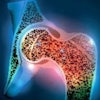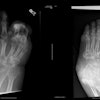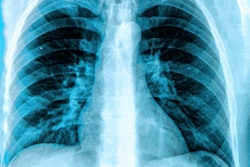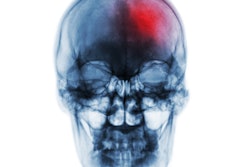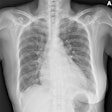Physical activities like running may increase the risk of osteoarthritis in individuals with lower muscle mass surrounding the knee joints, according to a Dutch study published on 30 April in JAMA Network Open.
In an analysis of x-rays and bone scans, a group from Erasmus Medical Center in Rotterdam, the Netherlands, found that weight-bearing recreational activity was significantly associated with increased odds of knee osteoarthritis in individuals with low levels of lower-limb muscle mass.
“This study provides evidence for future tailored physical activity recommendations based on a person’s muscle mass and osteoarthritis risk,” noted lead author Dr. Yahong Wu and colleagues.
During weight-bearing activities such as running, knees are subject to the impact of several times the body's weight. Such pressure can lead to joint overloading and trigger early osteoarthritis, the authors explained. Yet it is unclear whether the effects of physical activity on knee osteoarthritis depends on the muscle surrounding the knee joint, they noted.
To explore these connections, the researchers studied knee x-rays at baseline and follow-up exams after six years in a group of 1,881 participants. The subjects were split into two groups: those who reported weight-bearing activities like running or walking over the period and those who reported non-weight-bearing activities like biking or swimming.
The groups were further stratified based on their muscle mass (lower-limb muscle mass index [LMI] tertiles) using dual-energy x-ray absorptiometry exams.
According to the findings, among 1,273 individuals who were free of baseline knee pain, weight-bearing activity was significantly associated with radiographic knee osteoarthritis in 431 subjects in the lowest LMI tertile (odds ratio, 1.53, with 1 as reference) but not among patients in the middle and high LMI tertile.
Conversely, the researchers reported no significant association with the odds of osteoarthritis among individuals engaged in non-weight-bearing activity over the study period across all LMI tertiles.
“We observed associations between higher weight-bearing recreational physical activity and increased odds of incident radiographic knee osteoarthritis in individuals without knee pain,” the group wrote.
Ultimately, discovering specific conditions under which physical activity acts as a risk or protective factor for osteoarthritis could benefit patients and healthcare practitioners, the researchers noted.
“Although physical activity is known to have numerous health benefits, our study suggests that caution is needed when engaging in weight-bearing activity, especially for individuals with low levels of lower-limb muscle mass,” the group concluded.
The full study is available here.

